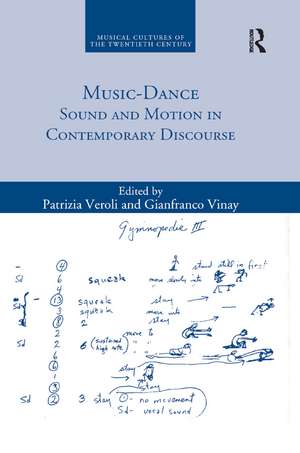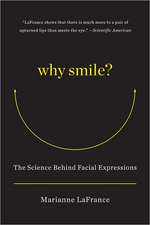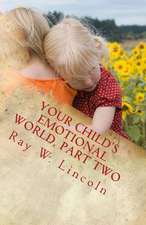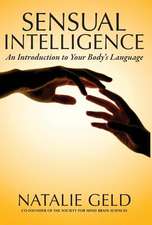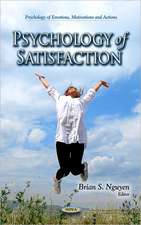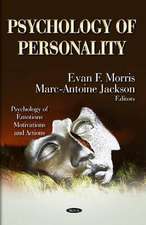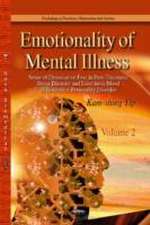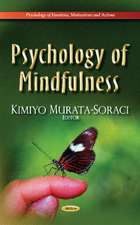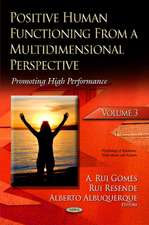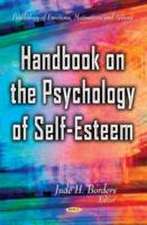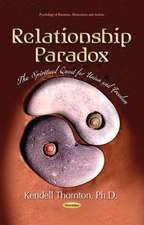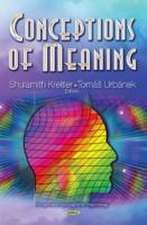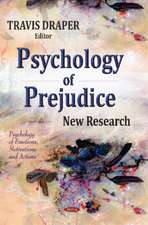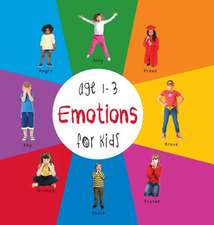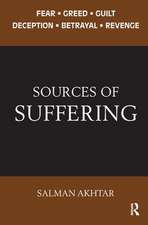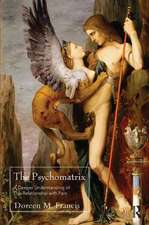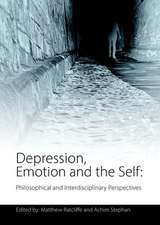Music-Dance: Sound and Motion in Contemporary Discourse: Musical Cultures of the Twentieth Century
Editat de Patrizia Veroli, Gianfranco Vinayen Limba Engleză Paperback – 12 dec 2019
Music-Dance explores the identity of choreomusical work, its complex authorship and its modes of reception as well as the cognitive processes involved in the reception of dance performance. Scholars of dance and music analyse the ways in which a musical score changes its prescriptive status when it becomes part of a choreographic project, the encounter between sound and motion on stage, and the intersection of listening and seeing. As well as being of interest to musicologists and choreologists considering issues such as notation, multimedia and the analysis of performance, this volume will appeal to scholars interested in applied research in the fields of cognition and neuroscience. The line-up of authors comprises representative figures of today’s choreomusicology, dance historians, scholars of twentieth-century composition and specialists in cognitive science and performance studies. Among the topics covered are multimedia and the analysis of performance; the notational practice of choreographers and the parallel attempts of composers to find a graphic representation for musical gestures; and the experience of dance as a paradigm for a multimodal perception, which is investigated in terms of how the association of sound and movement triggers emotions and specific forms of cognition.
Preț: 310.99 lei
Nou
Puncte Express: 466
Preț estimativ în valută:
59.51€ • 64.62$ • 49.99£
59.51€ • 64.62$ • 49.99£
Carte tipărită la comandă
Livrare economică 23 aprilie-07 mai
Preluare comenzi: 021 569.72.76
Specificații
ISBN-13: 9780367884598
ISBN-10: 0367884593
Pagini: 292
Dimensiuni: 156 x 234 x 15 mm
Greutate: 0.41 kg
Ediția:1
Editura: Taylor & Francis
Colecția Routledge
Seria Musical Cultures of the Twentieth Century
Locul publicării:Oxford, United Kingdom
ISBN-10: 0367884593
Pagini: 292
Dimensiuni: 156 x 234 x 15 mm
Greutate: 0.41 kg
Ediția:1
Editura: Taylor & Francis
Colecția Routledge
Seria Musical Cultures of the Twentieth Century
Locul publicării:Oxford, United Kingdom
Cuprins
PART I THE CHOREOMUSICAL WORK: TOWARDS A THEORETICAL FOUNDATION 1. Identifying ‘choreomusical research’ Inger Damsholt 2. Choreomusicology beyond ‘formalism’: A gestural analysis of Variations for Orchestra (Stravinsky-Balanchine, 1982) Massimiliano Locanto 3. Ways of knowing: Social dance, music, and grounded cognition Lawrence M. Zbikowski 4. Acts of transformation: Strategies for choreographic intervention in Mark Morris’s settings of existing music Stephanie Jordan PART II MUSICAL NOTATION AND CHOREO-GRAPHY 5. Reflecting on time while moving: Dance notations from the nineteenth to the twenty-first century Claudia Jeschke 6. Is choreo-graphy a matter of time or space? For an epistemology of perception through dance notation history Marina Nordera 7. Finding the body in twentieth-century musical notation: On gestures, ‘hypertablatures’, and performing without instruments Nicolas Donin PART III BLENDING MUSIC AND DANCE: CHALLENGES AND NEGOTIATIONS 8. Experimental relations between music and dance since the 1950s: Sketch of a typology Julia H. Schröder 9. When the composer’s artistic aims clash with the choreographer’s autonomy: Sylvano Bussotti, Aurel Milloss, and the ‘choreographic mystery’ Raramente (1970–71) Ulrich Mosch 10. Remembering folklore, staging contemporary dance: Conceptual and methodological issues about D’après une histoire vraie (2013) by Christian Rizzo Susanne Franco PART IV SENTIENT BODIES 11. Empathic entanglements: Music, motion, dance Eric F. Clarke 12. Motormimetic features in musical experience Rolf Inge Godøy 13. Hearing touch and the art of kinaesthetic crossmodality Dee Reynolds 14. Aesthetics, neuroaesthetics and embodiment: Theorising performance and technology Susan Broadhurst 15. Computational models of expressive movement qualities in dance Antonio Camurri
Notă biografică
Patrizia Veroli is an independent dance scholar. She has been awarded a number of fellowships and grants and was a fellow of the Italian Academy for Advanced Studies at Columbia in 1998. She is the author of Milloss. Un maestro della coreografia tra espressionismo e classicità (1996) and other volumes about XX century dance. She curated a few exhibitions and co-edited several volumes, among which are Omaggio a Djagilev (with D. Rizzi, 2011), and I Ballets Russes di Diaghilev tra storia e mito (with G. Vinay, 2013, 2 tomes). She is a member of the advisory board of Dance Chronicle and of the international board of Recherches en danse.
Gianfranco Vinay has been Professor of History of Music at the Conservatory of Turin (1974-1992) and later Maître de conférences in the Music Department of the University of Paris 8. He is the author of Stravinsky neoclassico. L’invenzione della memoria nel ’900 musicale (1987) and the editor of Stravinsky and Gershwin (both in 1992). His recent books include Charles Ives et l’utopie sonore américaine (2001), Quaderno di strada di Salvatore Sciarrino (2007) and Immagini gesti parole suoni silenzi. Drammaturgia delle opere vocali e teatrali di Salvatore Sciarrino (2010). He is the co-editor of I Ballets Russes di Diaghilev tra storia e mito (with P. Veroli, 2013, 2 tomes). He is a member of the advisory board of the journal Il Saggiatore Musicale.
Recenzii
"On dealing with many of the current questions about the relationship between music and dance, this book spurs a large number of reflections on the topic. Historical and aesthetical approaches, essays analysing the field through the tools provided by neuroscience, and others considering the choreomusical performance in its entirety, all contribute to take into consideration and prompt new choreomusical collaborations between dance scholars and music scholars, and this in parallel to what currently happens with dancers and musicians, choreographers and composers."
Sophie Jacotot, Transposition
Sophie Jacotot, Transposition
Descriere
Music-Dance explores the identity of the choreomusical work, its complex authorship, the cognitive processes involved in dance performance and its modes of reception. Scholars of dance and music analyse the ways in which the musical score changes its prescriptive status when becoming part of choreographic project, the encounter between
